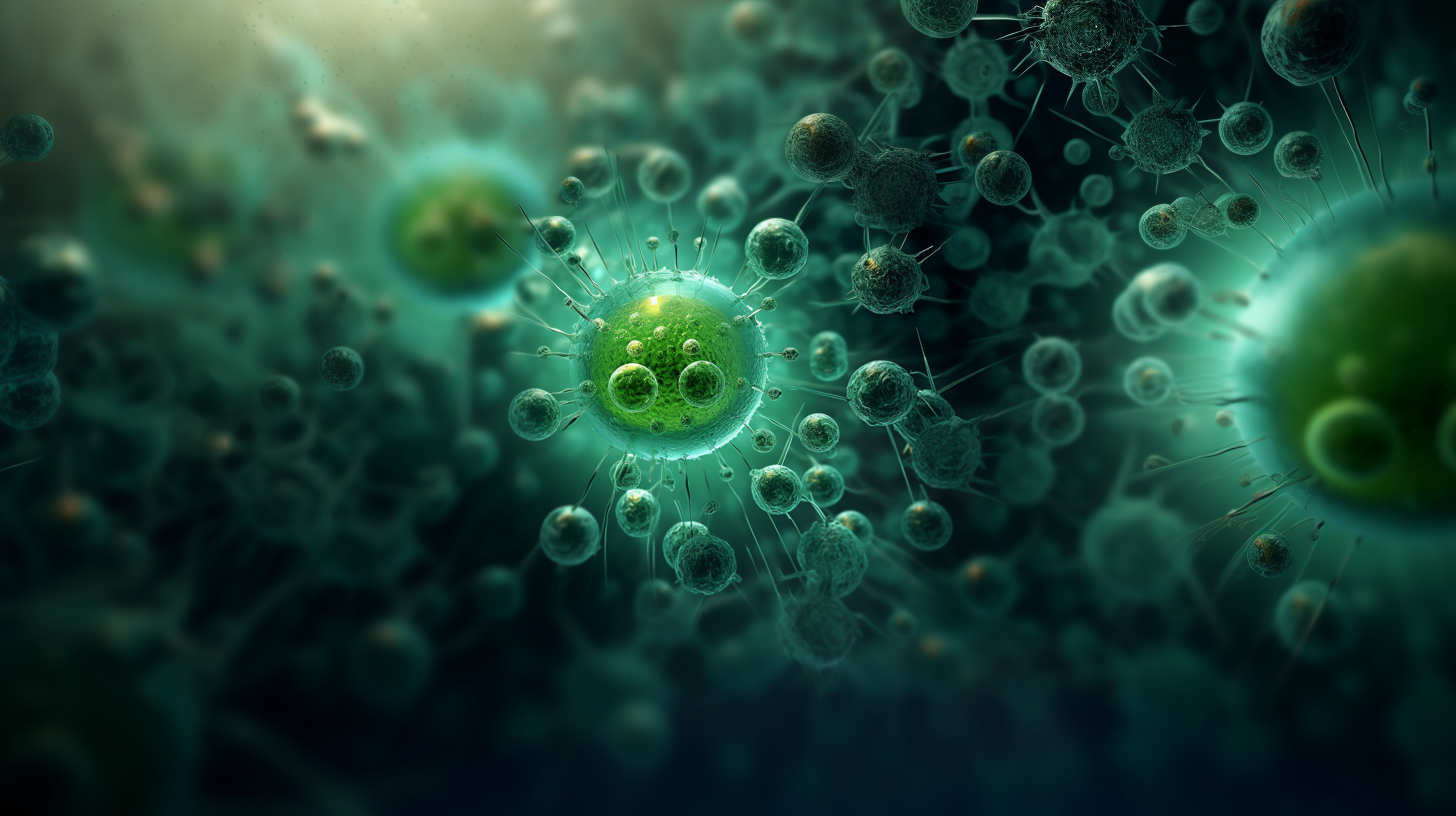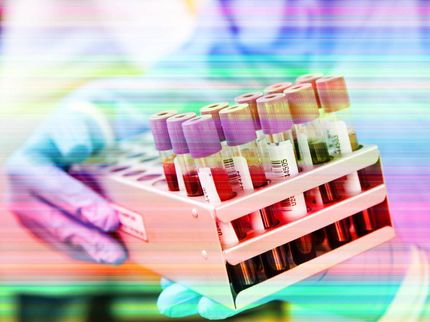The subtle difference: Pancreatic tumor organoids pave the way for single-cell diagnostics
A valuable experimental model for future therapies
The prognosis for pancreatic cancer is usually grim: The tumors are often detected too late and are then difficult to treat. Yet a small percentage of patients survive many years after diagnosis. Scientists from the Berlin Institute of Health at Charité (BIH) have now grown organoids from various pancreatic tumors in the laboratory, which they used to identify individual cell types and test the effects of various drugs. This enables patient-specific diagnostics and opens up the possibility of targeted therapy.
A diagnosis of pancreatic cancer is often a death sentence: More than 90 percent of patients die within five years of diagnosis. Surprisingly, however, a small proportion of patients survive much longer. “We wanted to find out why this is the case, such as what distinguishes the different types of tumors from one other,” explains Professor Christian Conrad, who heads the Intelligent Imaging Group at the BIH. “We therefore isolated the cancer stem cells from patient tumors and grew organoids from these cells in the lab, creating ‘mini-tumors’ on which we were able to analyze the differences.”
A biopsy bank for organoids
The scientists led by Christian Conrad obtained samples from a total of 18 tumors and two metastases from their cooperation partners at the European Pancreas Center in Heidelberg. They used these to build up a biopsy biobank, from which they subsequently cultivated organoids in the lab. “We then examined the composition of these organoids by performing RNA sequencing on single cells,” reports lead author Teresa Krieger. “We also employed microscopy-based screening to track how the organoids responded to treatment with different chemotherapeutics, for example whether the cells continued to grow or whether they died.”
The results surprised the scientists. “Until now, pancreatic adenocarcinomas have been divided into two types: ‘basal-like’ tumors, which grow very aggressively, and ‘classical’ tumors,” explains Krieger. “With the help of our single-cell analyses, we have seen that both types of cells are present in the tumors.” The team was also able to observe how the tumors develop: Starting from tumor stem cells, which drive tumor growth, the aggressively growing “basal” tumor cells and the differentiated functioning “classical” pancreatic cells (which produce digestive enzymes) form in different proportions.
A valuable experimental model for future therapies
“The suspicion that the two subtypes are not as clearly separable as originally thought had existed for some time,” says Conrad, in summing up the findings. “We have now shown for the first time that both cell types actually exist side by side within the same tumor and develop in a kind of hierarchy from the tumor stem cells. Additionally we have discovered that in our organoid cultures, tumors with a higher proportion of ‘classical’ cells respond better to chemotherapeutics.” As a result, the BIH scientists were able to demonstrate that organoids are a valuable experimental model for pancreatic adenocarcinomas. In the future, they could be used in high-throughput technologies to develop and test new chemotherapeutics for pancreatic cancer.
To further refine the model, Conrad next plans to grow organoids that contain not only tumor cells but also the surrounding healthy cells, such as immune and connective tissue cells. “This is important because these cells can either support or suppress tumor development – making them another potential target for future personalized therapies.”
Original publication
Teresa G. Krieger, Solange Le Blanc, Julia Jabs, Foo Wei Ten, Naveed Ishaque, Katharina Jechow, Olivia Debnath, Carl-Stephan Leonhardt, Anamika Giri, Roland Eils ,Oliver Strobel & Christian Conrad; "Single-cell analysis of patient-derived PDAC organoids reveals cell state heterogeneity and a conserved developmental hierarchy"; Nature Communications; 2021
Other news from the department science
Most read news
More news from our other portals
See the theme worlds for related content
Topic World Cell Analysis
Cell analyse advanced method allows us to explore and understand cells in their many facets. From single cell analysis to flow cytometry and imaging technology, cell analysis provides us with valuable insights into the structure, function and interaction of cells. Whether in medicine, biological research or pharmacology, cell analysis is revolutionizing our understanding of disease, development and treatment options.

Topic World Cell Analysis
Cell analyse advanced method allows us to explore and understand cells in their many facets. From single cell analysis to flow cytometry and imaging technology, cell analysis provides us with valuable insights into the structure, function and interaction of cells. Whether in medicine, biological research or pharmacology, cell analysis is revolutionizing our understanding of disease, development and treatment options.



















































